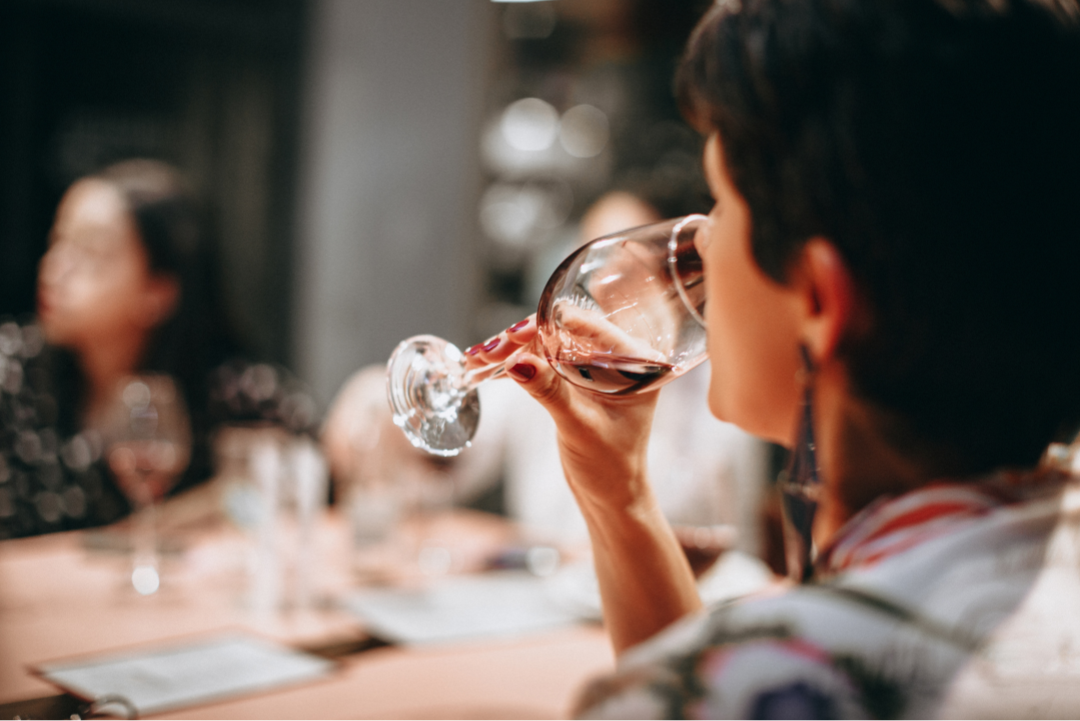When “Mummy Wine Culture” Stopped Being Fun
It started with a thud — literally. A friend’s 40th, too many refills, a cigarette outside, and a fall that ended with blood on the pavement and bruises across my face. The next morning, my five-year-old daughter looked at me with wide eyes and asked, “Mummy, what happened to your face?”
That question stopped me in my tracks.
For years, I’d brushed off my drinking as “normal.” I wasn’t drinking in the mornings or hiding bottles, so surely I didn’t have a problem.
But that day was my wake-up call — a moment of shame that peeled back the truth about my relationship with alcohol and forced me to confront what so many women experience in silence.
The Normalisation of Women’s Drinking
“Wine o’clock.”
“Mummy juice.”
“Rosé all day.”
It’s everywhere — the memes, the mugs, the marketing. Alcohol has been cleverly rebranded as a lifestyle accessory for women: a symbol of self-care, sophistication, and stress relief.
But behind the humour is a serious cultural issue.
Over the past 30 years, alcohol-related disorders among women have increased by more than 80%. Women aged 40–55 are now one of the fastest-growing groups of heavy drinkers.
What’s driving it?
The normalisation of daily drinking.
Clever marketing targeting women’s exhaustion and emotional load.
A lack of open conversation about how alcohol truly impacts female health.
Why Alcohol Hits Women Harder
Even when women drink the same amount as men, the effects are more pronounced — and more damaging.
Here’s why:
We absorb alcohol faster. Women generally have less body water and more body fat than men, which means the same drink produces a higher blood alcohol concentration.
We metabolise alcohol slower. Lower levels of alcohol dehydrogenase (the enzyme that breaks down alcohol in the liver) mean it lingers in our system longer.
Hormones amplify its effects. Fluctuations in oestrogen and progesterone — especially in perimenopause — can heighten alcohol’s impact on mood, sleep, and energy.
Our brains are more sensitive. Alcohol disrupts neurotransmitters like serotonin, dopamine, and GABA, which regulate mood and stress response. That’s why women often experience heightened anxiety and low mood after drinking.
We experience more sleep disruption. Alcohol reduces REM sleep (the restorative phase). Even small amounts can cut sleep quality by up to 40% and trigger 3 AM wakeups with racing thoughts and a pounding heart.
We’re more vulnerable to liver and heart damage. Women develop alcohol-related liver disease after fewer years of drinking — and at lower intake levels — than men.
We face a higher cancer risk. Every drink matters: just one glass of wine a day increases breast cancer risk by around 9%, and that risk compounds with each additional drink.
The “Mummy Wine” Trap
When I first became a mum, wine felt like my lifeline. I’d pour a glass at 5 PM — my permission slip to relax after another long, chaotic day.
It felt like connection, reward, relief.
But slowly, I noticed the toll.
The brain fog. The 3am wake-ups. The exhaustion that no coffee could fix. The quiet anxiety that hummed beneath the surface.
It wasn’t self-care. It was self-numbing.
This is what we call grey area drinking — not rock bottom, but not freedom either. It’s that murky middle ground where alcohol takes more than it gives.
And when we add perimenopause into the mix — shifting hormones, changing body composition, disrupted sleep — alcohol amplifies every symptom we’re already trying to manage.
What Alcohol Really Steals from Women
Here’s what’s happening behind the scenes when alcohol becomes part of daily life:
Hormonal chaos. Alcohol temporarily raises estrogen, then drops it sharply, leading to mood swings, night sweats, and increased PMS or perimenopausal symptoms.
Blood sugar spikes and crashes. Alcohol raises insulin and triggers sugar cravings, which contribute to weight gain and inflammation.
Gut disruption. Alcohol damages the gut lining, kills beneficial bacteria, and increases permeability (“leaky gut”), which worsens bloating and fatigue.
Magnesium depletion. Alcohol flushes out magnesium — the mineral responsible for calm, sleep, and muscle recovery — leading to anxiety and poor rest.
Neurotransmitter depletion. Over time, regular drinking reduces dopamine and serotonin production, so our natural “feel-good” chemistry flatlines.
Increased cortisol. Alcohol temporarily lowers stress but triggers a rebound spike in cortisol (our stress hormone) once it wears off — which fuels the 3 AM wake-ups and next-day anxiety cycle.
It’s not weakness. It’s biology.
What Happens When You Remove Alcohol
When I finally decided to quit, I didn’t know what to expect. I thought life would shrink. Instead, it expanded.
I slept deeply for the first time in years.
My energy and confidence returned.
I felt grounded, clear, and alive.
Within months, I retrained as a women’s health coach and began helping others find the same peace and balance I’d been chasing for years.
Sobriety didn’t take away my joy — it gave it back.
We don’t need to shame women for drinking. We need to tell the truth about what alcohol does to our bodies — and give women compassionate, science-backed ways to change their relationship with it.
If you’ve ever thought, “I don’t think I’m an alcoholic, but I know this isn’t working anymore,” — that’s your intuition speaking.
You don’t have to wait for rock bottom. You can choose clarity, vitality, and calm.
My FREE resources for you:
My Free Guide to Taking a Break From Alcohol!
My highly sought after list of 100 Things to Do Instead of Drinking!
My quiz to assess your relationship with alcohol, take the quiz HERE
And of course my best selling book 'Beyond Booze'.


